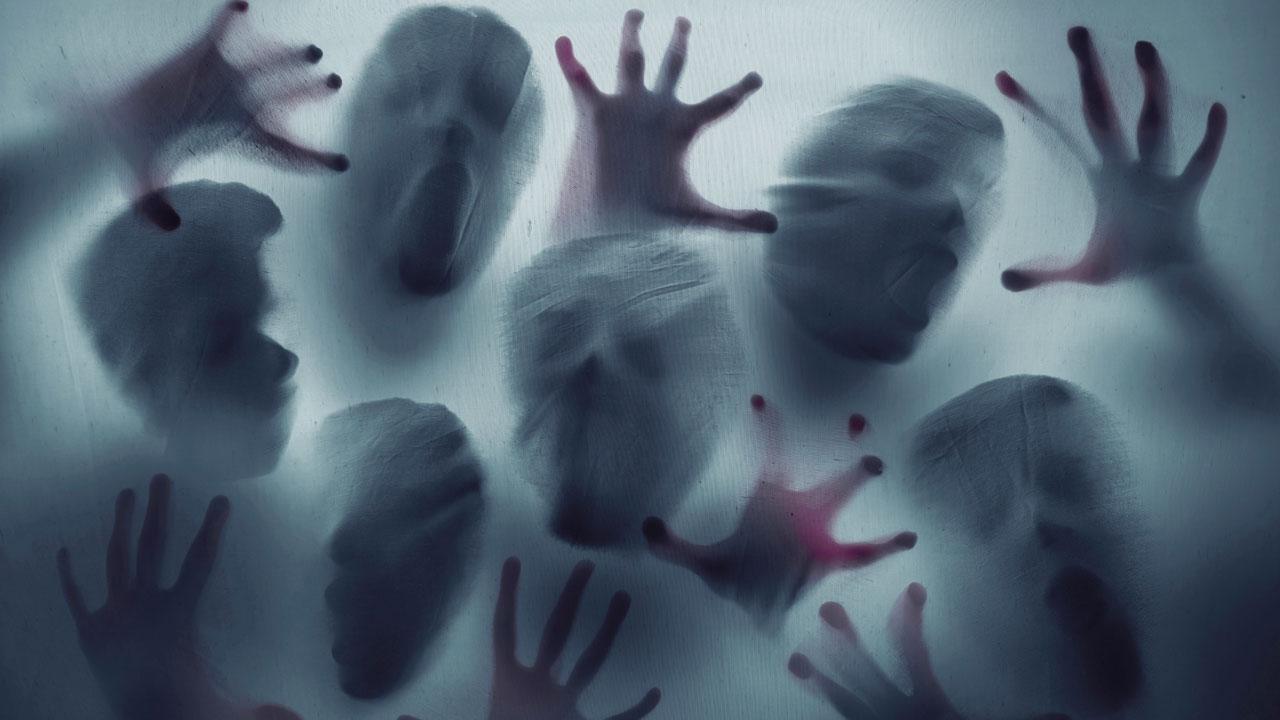For decades, the Balaji Temple of Rajasthan’s Mehandipur has been famous for exorcisms. But the real demons pilgrims bring there reveal a fractured society

How would you expect a possessed person to behave? Representation pic/Getty Images
Agarwal was a mild man in his thirties; he told me he was a civil engineer. He was plump and easy to talk with. After some chit chat, I asked him if he was in Mehandipur with his family.
No, he’d come alone.
What had brought him so far from Allahabad, his home, to this Rajasthani temple town?
He replied casually, “I have 19 demons inside me. They talk to me continuously. It’s a big nuisance.”
The demons have been torturing Agarwal for years, filling his head with taboo thoughts and disrespect, making it impossible to focus on his work or life.
His wife suggested he get his demons exorcised at the Balaji Mandir of Mehandipur, 110 kms from Jaipur. The temple is notorious as the go-to place in India for anyone who has a few demons in their heads and is acting funny. The art of batch processing possessed souls twice a day during the aarti has been perfected at the Balaji Temple.
“Any demons gone yet?” I asked.
“I think maybe four of them went last week. I’m going to stay here till all the bastards go.”
How would you expect a possessed person to behave? At a minimum, odd behaviour, right? Convulsions, out-of-control rage, hostility, anti-social behaviour — in fact, many of the diagnostic signs of conditions like paranoid schizophrenia and bipolar disorder.
In my two days in Mehandipur, apparently supernatural behaviour was openly visible. Hundreds of sons, husbands, wives, daughters-in-law and friends had been dragged there, diagnosed by their families as demonically possessed. Twice daily, they’d climb up to temple’s Pretraj’s Darbar for prayers — and peshis, when the demons make their victims thrash about violently resisting exorcism.
Since I was only possessed by a great thirst for knowledge, I was barred but I watched through a crack in the wall of the facing building. A family dragged their adolescent son, shackled in chains and swearing freely, up the stairs to the hall, where a man hurled himself backwards against a pillar. Demons were being evicted even as the chanting — Jor se bolo, jai baba ki! — swelled to a crescendo.
A woman, hair flying, head rolling, moaned in the hall, eyeballs white. She came out of her spell briefly to breastfeed her bawling child, then went back to being possessed.
Some began writhing, others pummeling themselves. Interesting for me were those who were not having peshis. Several of them, learning quickly from the others in the throes of their peshis, began to sway, tentatively at first but soon with growing boldness.
Pretty soon the demonic orgy was in full flow. Bells rang, conches were blown, Balaji was winning, the demons were being crushed. As the prayer ended, almost on cue, so did the madness. Everyone calmed down and went back to the dharamshalas. The show always lasted two hours, morning and evening.
The hormonal adolescent in chains had been caught stealing cigarettes and had once used a swear word in front of his father. Clearly, demons were at work.
A young farmer deeply in debt had been raging at everyone, beating his wife, wanting someone’s blood but not ready for suicide. Clearly, demons.
A girl promised in marriage to her rapist had stopped talking completely and sat in a room all day glowering. Those damn demons again.
Mehandipur is where lost Indian souls go for a miracle cure for the battering they receive daily from the patriarchy, from ignorance, from apathy, from a disconnected generation of elders, from a government too far away to care. Those are their demons.
“Is your family in Allahabad too?” I asked Agarwal.
He laughed. “It’s a giant joint family. Grandfathers, uncles, aunties, cousins, siblings, parents —”
“And you -”
“The youngest.”
“Family pet!”
“No, no!” he said. “Everyone’s always on your case, telling you what to do, where to go, how to behave.”
After school ended, Agarwal was sent off to Banaras Hindu University. It was there, living in the hostel, independent and alone for the first time in his life, that he began hearing the Voices. They were startlingly loud and real and often suggested devilish projects like taking the afternoon off to see a movie. More voices joined, male, female, young, old, even one really aged man whose voice quavered. He identified 19 distinct personalities.
Agarwal got quite good at behaving normally while devils screamed in his head. He even married and had a few kids.
“I wish you luck,” I said. “By the way, how big was your family?”
His lips moved as he counted in his mind.
“There were 19 people,” he said, oblivious to the glaring parallel with the family he’d moved away from. “I was the 20th.”
Here, viewed from there. C Y Gopinath, in Bangkok, throws unique light and shadows on Mumbai, the city that raised him. You can reach him at cygopi@gmail.com. Send your feedback to mailbag@mid-day.com
The views expressed in this column are the individual’s and don’t represent those of the paper.
 Subscribe today by clicking the link and stay updated with the latest news!" Click here!
Subscribe today by clicking the link and stay updated with the latest news!" Click here!







